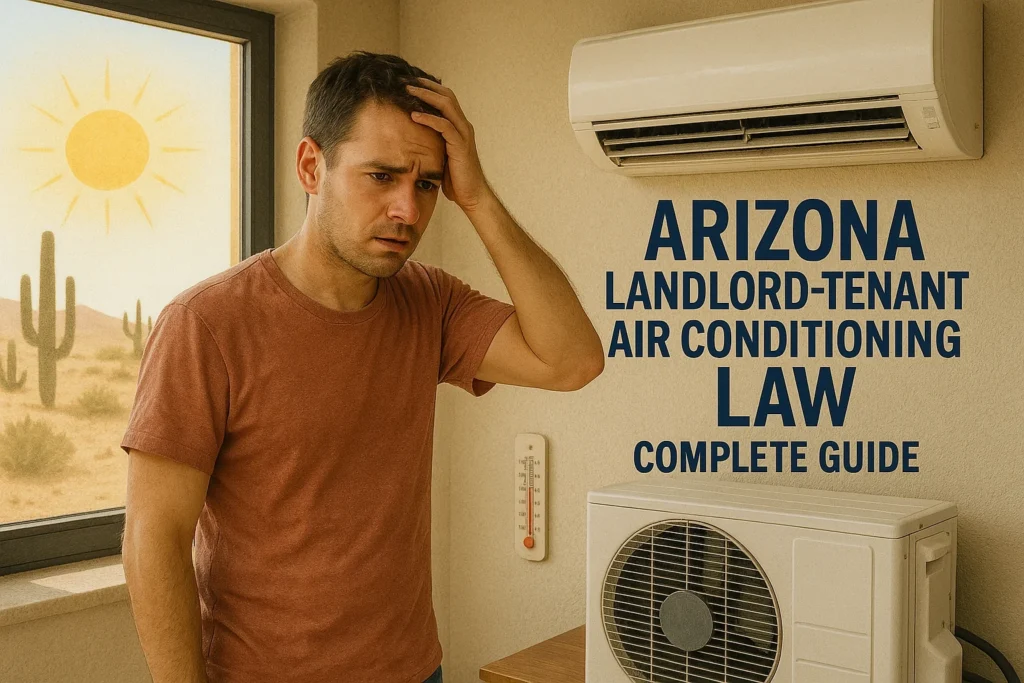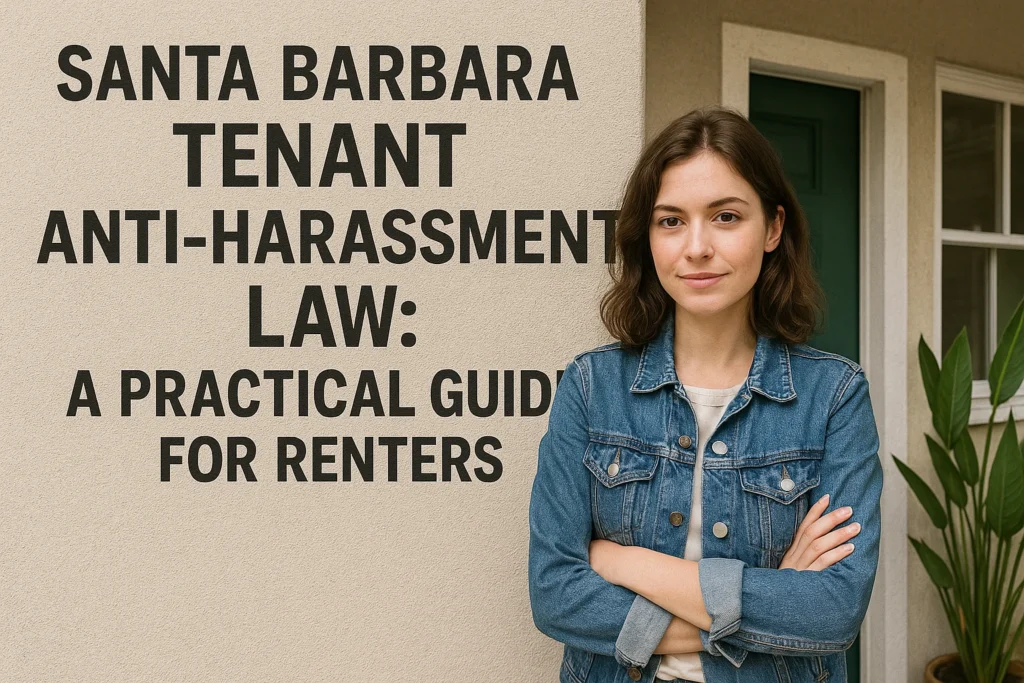Las Vegas offers many chances to grow a business. Storefronts and office spaces stand ready across the city. But most places are not move-in ready. They are bare. Empty. Cold.
That’s where tenant improvement comes in. It turns a blank shell into a real business space. With the right plan, the right team, and a fair lease, tenant improvement can unlock the true value of your rental.
This guide will walk you through how tenant improvement works in Las Vegas. It explains what to expect, what to avoid, and what every tenant should know before signing a lease.
What Tenant Improvement Means in Las Vegas
Tenant improvement is the work done to shape a rented space to fit a business. It includes things like walls, doors, plumbing, wiring, and paint. These changes stay when you leave. They do not move with you.
In Las Vegas, many spaces are raw. They come with no offices, ceilings, or even working toilets. This is common in newer buildings or strip malls.
The tenant must finish the inside before they can open. This means hiring contractors and dealing with city permits.
The work must meet Las Vegas building permits and codes. You must follow fire rules, safety rules, and energy standards.
The city checks the work before you can open. This adds time to your project. You must plan for it.
Understanding the Tenant Improvement Allowance
In many leases, the landlord offers a tenant improvement allowance. This is money the landlord gives to help build the space.
It may be a fixed amount or based on the size of the unit. For example, you might get $40 per square foot.
The lease will list what the money covers. It may pay for drywall, lights, air systems, and plumbing.
It may not pay for signs, furniture, or moving costs. You must read the lease to know the limits.
Some landlords want to control the work. They pick the contractor and oversee the job. Others let the tenant manage it.
Either way, the rules must be clear in writing. You do not want surprises later.
Many leases also set a time limit. You must use the money within a few months. If not, you lose it. T
he lease may also require detailed records and receipts. Without them, the landlord may not release the funds.
Planning the Build-Out Process
Tenant improvement takes time. You must first plan your space. Most people hire an architect or designer.
This person helps lay out the rooms, lighting, and systems. They prepare drawings for city review.
The City of Las Vegas must approve your plans. The review process can take weeks. It may take longer if the plans need changes.
After approval, you must get permits. These are legal papers that allow work to begin.
Once permits are ready, contractors start building. They frame walls, run wires, install HVAC systems, and paint.
The job may take one month or three. That depends on the size of the space and how fast the work goes.
After the work is done, the city inspects it. A final inspection confirms that the work meets code. Only then can you move in. You cannot skip this step.
Timing and Delays
In Las Vegas, tenant improvement often takes longer than expected. Many projects run into delays.
Some face supply chain issues. Others run into permit problems. The summer heat can also slow down outdoor work.
You must build extra time into your plan. Some leases allow a rent-free period during the build. Others do not.
Make sure the lease says what happens if delays push your opening date. You do not want to pay rent for a space you cannot use.
Office and Retail Build-Out Differences
Office spaces and retail spaces need different things. An office may need private rooms, break areas, and large outlets for tech.
A retail store may need display lights, wide open floors, and glass fronts.
In Las Vegas, retail spaces often come with more rules. Malls and shopping centers control the look of stores.
They may limit the colors you use or where you place signs. They may also charge extra for shared utilities or common space use.
Office leases tend to offer more freedom. But they may give less money for build-outs. Always ask about these terms before you agree.
Tenant Responsibilities vs Landlord Duties
In most Las Vegas leases, the tenant handles the inside. That includes walls, floors, lights, and restrooms.
The landlord handles the structure, roof, and outside areas. But each lease is different.
Some landlords want control over big systems like HVAC or plumbing. They may require that you use their vendors.
Others let tenants choose. Make sure the lease says who does what. Do not assume anything.
Also check what happens when the lease ends. Some leases say the tenant must remove all changes. Others say leave them in place.
If you must restore the space, it may cost thousands. Know this before you start work.
See The Post: Best Commercial Tenant Improvement Project Managers in the US
Legal Help Can Save You Money
Tenant improvement work is not just about drywall and wires. It is a legal matter. The lease controls your rights and risks. If you miss one rule, you may lose money or face delays.
A real estate lawyer in Las Vegas can help. They can review the lease, explain your duties, and help with disputes. They can also protect your commercial tenant improvement codes allowance. Do not sign a lease until a lawyer checks it.
Choosing the Right Contractor and Team
Your contractor matters. Pick someone who knows the Las Vegas market. They should have a strong record of past jobs.
They should understand city codes, landlord rules, and deadlines.
Ask to see past work. Talk to past clients. Make sure they carry insurance. A bad contractor can cause big delays and cost you money.
Also, choose a designer who understand your need. They can help you avoid mistake in layout or flow. A good design can save time and money during the build.
Questions And Answers (Q&A)
What is a tenant improvement allowance in Las Vegas?
It is a set amount that the landlord agrees to pay for upgrade to the rental unit. This helps the tenant make the space usable.
Can a tenant choose their own contractor for TI?
Some landlords allow it. Others do not. The lease must say who controls the build-out process.
How long does tenant improvement take in Las Vegas?
Most projects take 6 to 12 weeks. Permits, design changes, and supply delays can affect the schedule.
Do I need permits for tenant improvements in Las Vegas?
The city requires permits and inspections for most TI work. Failing to get them can stop the project.
Can a tenant get rent credit for doing the work themselves?
Sometimes. This must be written into the lease. Always ask before starting work.
Final Thoughts
Tenant improvement in Las Vegas turns an empty shell into a working business. It helps new owners create the space they need. But it also brings rules, costs, and risks.
You must plan well. You must read the lease. And you must ask hard questions. And you must pick the right team.
With smart steps, tenant improvement can be a smooth process. It can help you open on time, serve your clients, and grow your dream in the heart of Las Vegas.
Disclaimer
This article is for general information only. It does not offer legal advice. For help with your specific case, please contact a licensed Nevada attorney.



